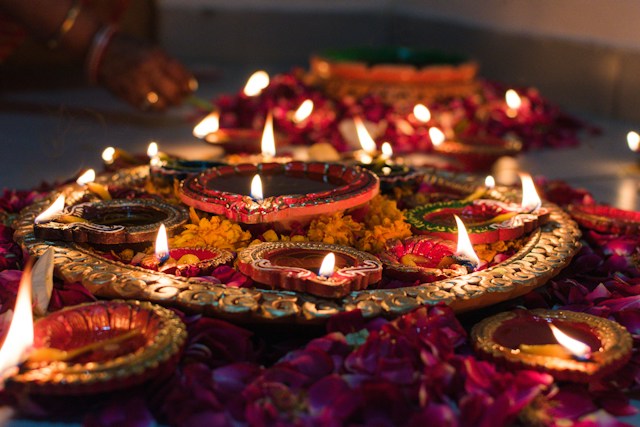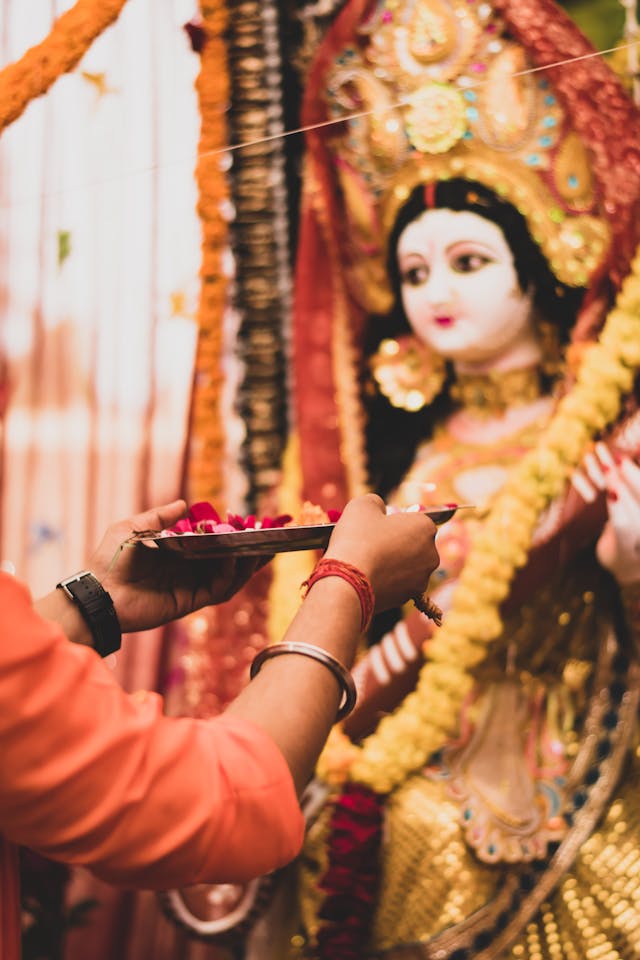The North Eastern states, each with their unique cultural identities, offer a kaleidoscope of festivals that are as vibrant and diverse as the landscapes they are celebrated in. From the Bihu of Assam, which marks the Assamese New Year and the start of the harvesting season, to the Hornbill Festival of Nagaland, often referred to as the “Festival of Festivals,” these events provide a glimpse into the rich tapestry of tradition and communal harmony that define the region. Sikkim’s Saga Dawa, a sacred celebration in Tibetan Buddhism marking the birth, enlightenment, and death of Buddha, is another profound testament to the spiritual depth and diversity of the North East. These festivals are not just celebrations; they are a way for the community to come together, reflect on their heritage, and pass it on to the next generations. As someone who has witnessed the Hornbill Festival firsthand, the experience was a profound reminder of the power of cultural expression in bringing people together, offering an unforgettable blend of music, dance, and traditional arts that truly encapsulates the spirit of Nagaland.
Cultural Significance and the Spectacle of Traditions
The festivals of North East India are deeply intertwined with the life and beliefs of its people, serving as a vibrant bridge between the past and the present. Each festival carries with it centuries of traditions, rituals, and stories that are manifested through elaborate dances, music, and indigenous crafts. For instance, the Ziro Festival of Music in Arunachal Pradesh is not just an event but a confluence of music enthusiasts from across the globe, showcasing the universal language of music against the backdrop of Arunachal’s mesmerizing landscapes. Meanwhile, the Wangala Festival of Meghalaya celebrates the annual harvest, a thanksgiving to the Sun-god with rhythmic drum beats and traditional dances. These festivals are a testament to the community’s respect for nature and their ancestral traditions, offering insights into the sustainable practices that have been preserved over centuries. The vibrancy and energy felt during these celebrations are a personal reminder of the enduring strength and resilience of the North Eastern cultures.
Planning Your Visit: When and How
Timing your visit to coincide with these festivals can offer an enriching travel experience that goes beyond the conventional tourist trail. Each state’s climatic patterns and cultural calendar dictate the best times to visit. For example, the best time to experience Bihu in Assam is during April, while the Hornbill Festival takes place in the first week of December, offering a cool and comfortable climate for visitors. Advanced planning is crucial, as accommodations can get booked quickly, and transport within the North East can require careful navigation due to its diverse terrain. Engaging with local tour operators who specialize in cultural tourism can enhance your experience, providing deeper insights into the significance of the festivals and ensuring respectful participation in the celebrations. My personal experience during these festivals has always been enriched by the warmth and hospitality of the local communities, inviting me into their homes and lives, and offering a more intimate perspective on their traditions and ways of life.
Assam’s Bihu – The Rhythms of Renewal
Bihu, celebrated three times a year, marks different agricultural cycles in Assam, with Bohag Bihu in April being the most prominent, heralding the Assamese New Year. It’s a festival that brings together communities with feasts, music, and dance, symbolizing fertility and abundance. The vivid attire, the rhythmic beats of the dhol, and the melodious folk songs create an atmosphere of joy and celebration, reflecting the agrarian lifestyle and cultural ethos of Assam. Participating in a Bihu celebration offered me a window into the soul of Assam, revealing the importance of agriculture and community in sustaining the cultural heritage of the region.
Nagaland’s Hornbill Festival – A Cultural Mosaic

The Hornbill Festival, named after the bird that is revered in many tribal cultures of Nagaland, is a 10-day event that showcases the heritage of the Naga tribes. It is a spectacular display of tradition, from warrior log drums to indigenous games, crafts, and mouthwatering culinary delicacies. This festival is a powerful expression of identity and unity, bringing together all the tribes of Nagaland in a celebration of their customs and traditions. My experience at the Hornbill Festival was a profound journey through the heart of Nagaland’s cultural landscape, offering a rare insight into the lives and traditions of its people.
Sikkim’s Saga Dawa – A Spiritual Odyssey
Saga Dawa, celebrated on the full moon day of the fourth lunar month of the Tibetan calendar, is a spiritual journey that celebrates the enlightenment of Buddha. The festival is marked by the hoisting of prayer flags, ceremonial processions, and the lighting of butter lamps, creating a serene and contemplative atmosphere. It is a time for reflection, offering prayers, and acts of kindness, embodying the Buddhist principles of compassion and non-violence. Witnessing Saga Dawa was an enlightening experience, providing a moment of introspection and a deeper understanding of the Buddhist way of life, which emphasizes peace, harmony, and respect for all living beings.






